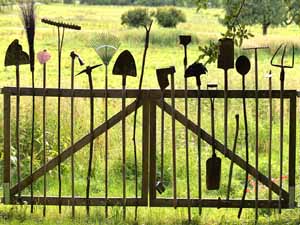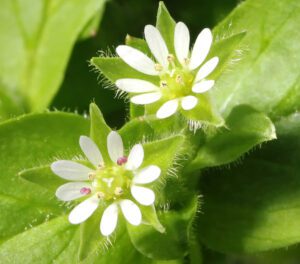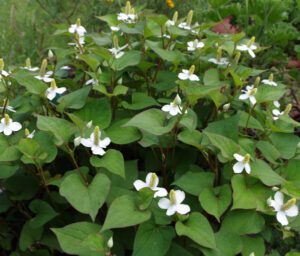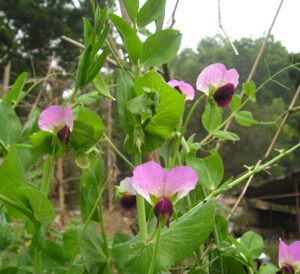Growing edamame organically in home garden is very easy and simple. Edamame is not a new crop, it’s actually soybean. But it can truly be a new crop for your home garden.
‘Edamame’ is the name given to the immature soybean pod. Edamame is originated from East Asia, and is relatively new to the home gardeners of North America.
Edamame (Glycine max) is actually a preparation of immature soybeans in the pod which is found in cuisines with origins in East Asia.
It is also known by many other different names such as Edible Soybean, Green Soybean, Green Vegetable Soybean and Vegetable Soybean.
Edamame is used to make soy milk and tofu once the pods mature, harden and dry. It is generally steamed in winter and then eaten by squeezing the beans out of it’s pod, popping directly into the mouth.
Actually edamame and other preparations of soybeans are rich in dietary fiber, protein, micronutrients, vitamin K and some minerals (especially manganese and phosphorus).
However, you can enjoy this protein rich green vegetable if you start growing edamame organically in your home garden.
How to Grow Edamame
Growing edamame organically in home garden is relatively easy and simple. Here we are describing more information about growing edamame organically in home garden from planting, caring to harvesting.
Choose a Variety
There are many different edamame varieties available which differ in taste, size and flavor. Some common and popular edamame varieties are Agate, Black Jet, Envy, Lucky Lion and Manitoba Brown. You can choose any variety depending on it’s availability and growing ability in your area.
Purchase Seeds
Edamame plants are grown from seeds. So, after selecting the right variety for your home garden, purchase seeds. Edamame is grown widely, so the seeds should be easily available in your area.
Best Time for Growing Edamame
Edamame plants require a long growing season. They are actually a warm-season crop. You can plant the seeds when soil temperature reach at least 15° C.
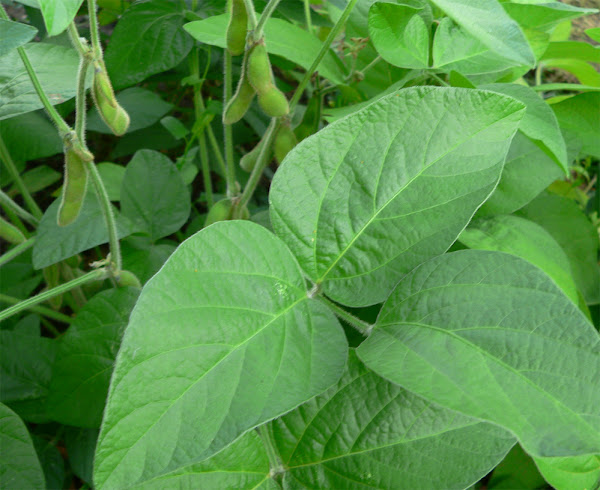
Preparing the Soil
Edamame plants can be grown in almost all types of soil. But they grow well in loamy or sandy-loamy soil which is rich in organic materials and well drained. The plants also require full sun for better growth.
Till the soil and add organic fertilizers for growing edamame plants. Homemade compost or well-rotted aged manure will be best.
Planting Edamame Seeds
After tilling and adding fertilizers into the soil, level the soil and make several rows. Then plant the seeds about 2 inches deep and 2-4 inches apart.
Space the rows to about 2 feet apart. And water immediately after planting seeds.
Caring for the Edamame Plants
Growing edamame plants is relatively easy, and they require less care. Although, taking additional care will help to maximize the growth of the plants which will ultimately increase production. Here we are describing more about the common caring steps for growing edamame plants.
Fertilizing: Edamame plants don’t require additional fertilization. They will grow best if you prepare the soil in the above mentioned ways. In addition, the edamame plants are legumes that host beneficial nitrogen-fixing bacteria on their roots, which will be good for growing other crops.
Watering: Edamame is a warm-season crop. So, they will require regular watering throughout the growing season, especially after flowers and pods appear.
Mulching: Mulching is required both for controlling weeds and retaining moisture in the soil.
Controlling Weeds: Weeds can consume nutrients from the soil, which will hamper edamame production. So control weeds from the garden by hands or through hoeing.
Thinning: Edamame plants don’t grow well if they are overcrowded. So, thin the plants to 6 inches apart when the seedlings are about 4 inches tall.
Pests and Diseases
Edamame plants are susceptible to some common garden pests and diseases. Mexican bean beetles, stinkbugs, aphids and white flies are some common pests for the edamame plants. You can apply organic insecticides for controlling these pests.
Woodchucks and powdery mildew are common diseases for the edamame plants. Crop rotating is a good way for preventing these diseases. Also destroy the affected plants.
Harvesting
You can expect to start harvesting edamame when the pods reach about 2-3 inches long. The pods should be bright green and plump. Do not tear the plants while harvesting. Just snap or cut the pods off the plant.
These are the common ways for growing edamame organically in home garden. Hope you have enjoyed this guide! Happy gardening 🙂

